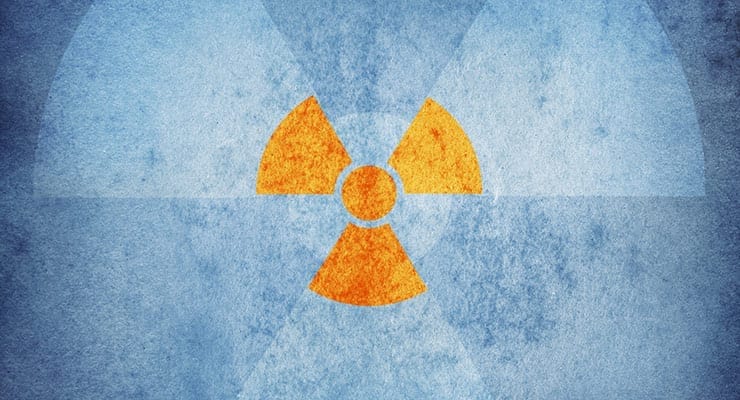New paper from the Nuclear Threat Initiative (NTI) draws on lessons learned from the COVID-19 pandemic response to better prepare for a domestic radiation emergency.
A May 2019 radiation release at a hospital in Seattle underlined the ongoing need for such preparedness.
The COVID-19 pandemic has raised important questions about resiliency and preparedness for other catastrophic disasters, including nuclear and radiological emergencies. Based on expert interviews with dozens of response practitioners, a new NTI-commissioned paper assesses potential gaps in preparedness for nuclear and radiological emergencies, including challenges pertaining to coordination, training, equipment shortages, expertise deficits, and crisis communication with the public.
The paper proposes recommendations to policymakers on how to bolster preparedness for nuclear and radiation emergencies in order to better protect the public from these catastrophic risks.
Author Julie Bentz is a retired Major General of the United States Army National Guard. Much of her time on active duty was spent serving on three presidents’ security councils at the White House working to reduce global threats from weapons of mass destruction. Based on interviews with dozens of response practitioners, Bentz concludes that more work is needed to adequately prepare the homeland for a public radiation emergency including detonation of a dirty bomb or an improvised nuclear device.
As a parallel to a no-notice public radiation emergency, the COVID-19 response suggests that decisions made by authorities are not the only drivers of emergency response, and that individual actions may have significant impact on emergency response effectiveness. Just as individual decisions to wear masks and follow social distancing guidelines impacted the spread of the virus, individual choices after a nuclear or radiological emergency will affect the impact of the emergency. In particular, individual decisions to shelter in place or leave an affected area in the immediate aftermath of a radiation emergency will have one of the greatest impacts on short- and long-term casualties.
Learning from Catastrophe: Lessons from the COVID-19 Pandemic for Preparing for and Responding to a Domestic Radiation Emergency
Lessons highlighted include the need for effective communication strategies by federal, state, and local authorities to convey accurate and timely information to the general public taking into account the challenges of disinformation; increased training opportunities that involve federal, state, and local partners for high-risk, low-probability events such as a public radiation release; improved coordination among local, state, and federal partners, along with community organizations and volunteer associations; and greater emphasis on preparing individuals to take immediate action in the event of a radiation release.
As public health systems adapt and evolve to improve pandemic readiness, public health infrastructure should take stock of countermeasures for public radiation emergencies and address remaining gaps in equipment, training, and resources.
Learning From Catastrophe: Lessons from the COVID-19 Pandemic for Preparing for and Responding to a Domestic Radiation Emergency. NTI, 15 February 2022.


